Whether you’ve just unboxed a pair of high-end headphones or a budget-friendly model, getting the most out of them involves more than just plugging them in and pressing play. To truly master your new headphones and elevate your listening experience, follow these tips and tricks designed for audiophiles and casual listeners alike.
1. Understand Your Headphones
Before diving into the nuances of sound, take some time to understand the specifications and features of your new headphones. Knowing the type of headphones you have (in-ear, on-ear, or over-ear), their impedance, frequency response, and other technical details can help you optimize their use.
Type and Fit: Ensure your headphones fit comfortably. For in-ear models, try different ear tips to find the best fit. For over-ear and on-ear models, adjust the headband and ear cups for comfort.
Impedance and Power Requirements: High-impedance headphones might need a dedicated headphone amplifier to perform at their best, especially if you’re using them with a smartphone or portable device.
2. Break-In Period
Many audiophiles believe in a break-in or burn-in period for new headphones. This involves playing audio through the headphones for several hours to allow the drivers to reach their optimal performance.
Method: Play a mix of different music genres and frequencies at a moderate volume for 20-50 hours. Some people use pink noise, which contains equal energy per octave, to ensure a comprehensive break-in.
3. Choose the Right Source
The quality of your audio source significantly impacts your listening experience. Higher-quality audio files, such as FLAC or WAV, offer better sound compared to compressed formats like MP3.
Streaming Services: Opt for high-fidelity streaming services like Tidal, Amazon Music HD, or Apple Music Lossless for better sound quality.
Download Quality: If you download music, choose the highest quality available to make the most of your headphones.
4. Equalizer Settings
Equalizer (EQ) settings can help you tailor the sound of your headphones to your personal preferences. Most music players and smartphones come with built-in EQ settings.
Bass, Mid, Treble: Adjust these settings to enhance or reduce certain frequencies. For example, if you prefer more bass, increase the lower frequencies. If vocals seem too recessed, boost the mids.
Presets: Experiment with presets like "Rock," "Jazz," or "Classical" to see what complements your headphones and music style best.
5. Maintain Your Headphones
Regular maintenance can extend the life of your headphones and keep them sounding great.
Cleaning: Clean the ear tips and ear cups regularly to prevent the buildup of dirt and oils. For in-ear models, remove and wash the silicone tips periodically.
Storage: Store your headphones in a case when not in use to protect them from dust and physical damage.
6. Optimize Listening Environment
Your listening environment can affect sound quality. For the best experience, minimize background noise and distractions.
Noise Isolation: Use headphones with good noise isolation or active noise cancellation (ANC) to block out external sounds.
Quiet Space: Find a quiet space for critical listening sessions to fully appreciate the details and nuances of your music.
7. Use a Dedicated Amplifier or DAC
If you’re serious about audio quality, consider investing in a dedicated headphone amplifier or a digital-to-analog converter (DAC). These devices can significantly enhance the sound quality of your headphones, especially with high-impedance models.
Headphone Amplifier: Provides the necessary power to drive high-impedance headphones, resulting in better sound clarity and volume.
DAC: Converts digital audio signals to analog, improving sound quality by providing a cleaner, more accurate signal compared to built-in DACs in most devices.
8. Explore Different Genres and Tracks
To fully appreciate the capabilities of your new headphones, listen to a variety of music genres and tracks. High-quality headphones reveal details and subtleties that might be missed with lower-quality equipment.
Critical Listening: Pay attention to different elements in the music, such as instrument separation, vocal clarity, and soundstage.
Reference Tracks: Use well-recorded and mastered tracks as references to evaluate the performance of your headphones.
Conclusion
Mastering your new headphones involves understanding their specifications, breaking them in, choosing the right audio sources, adjusting EQ settings, maintaining them properly, optimizing your listening environment, and considering additional equipment like amplifiers and DACs. By following these tips, you’ll be well on your way to enjoying a superior audio experience, unlocking the full potential of your new headphones, and truly immersing yourself in your favorite music.

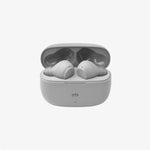
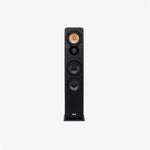
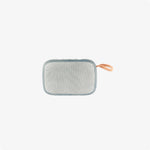
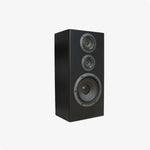
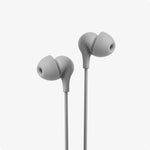
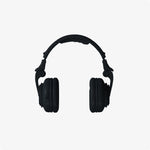
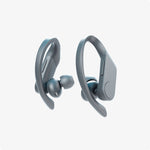
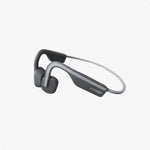
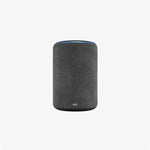
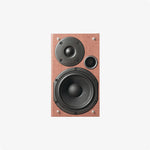


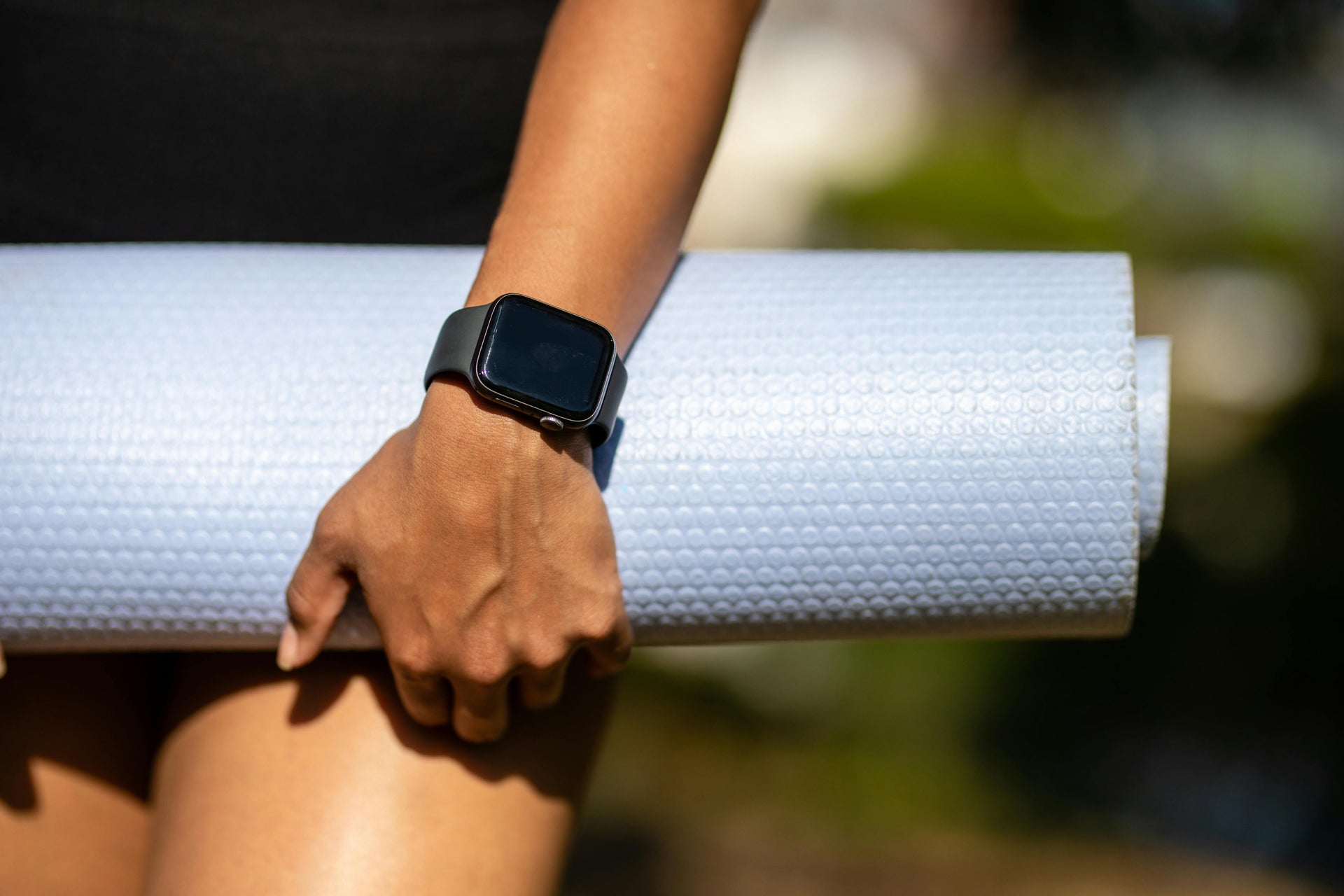

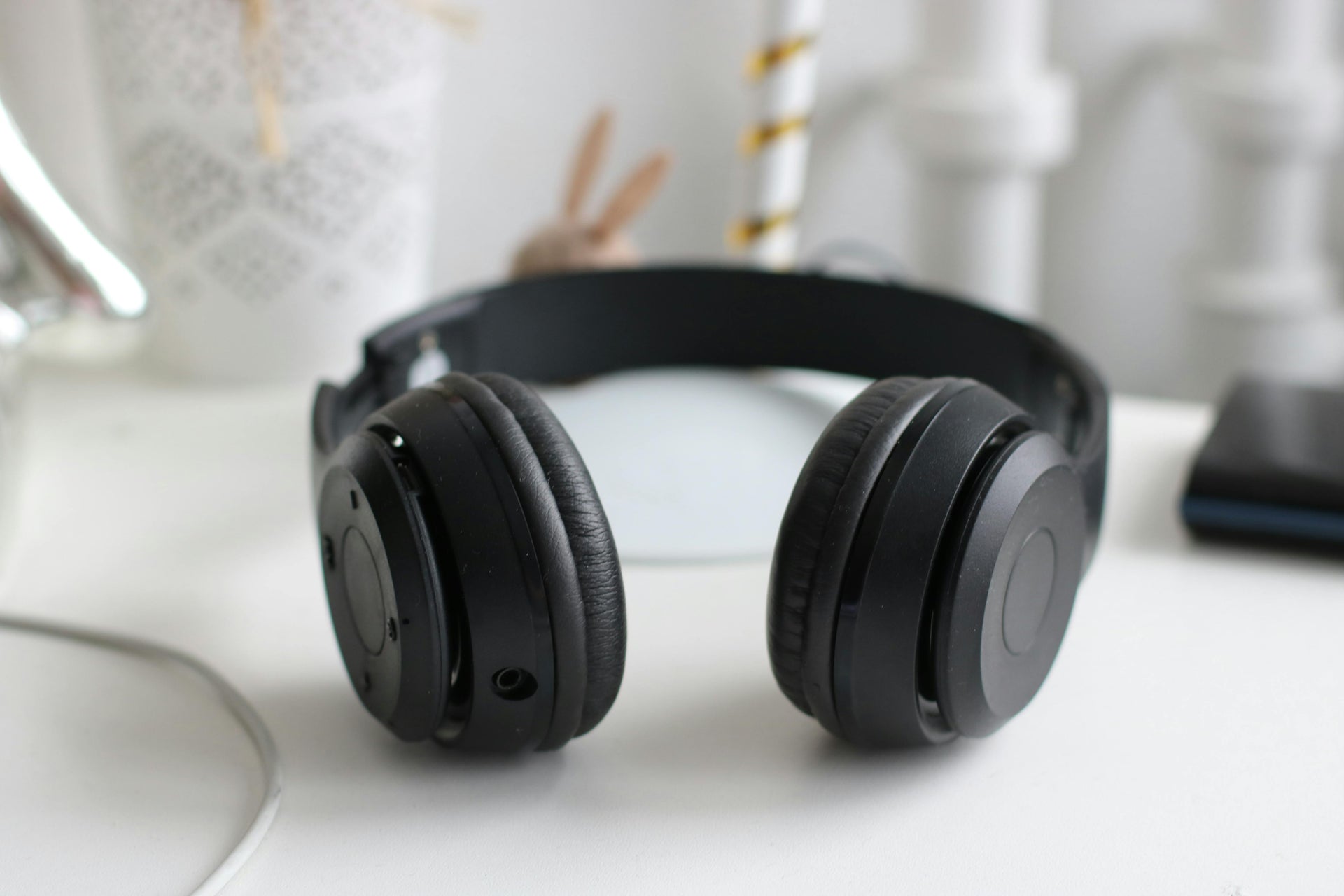



Laisser un commentaire